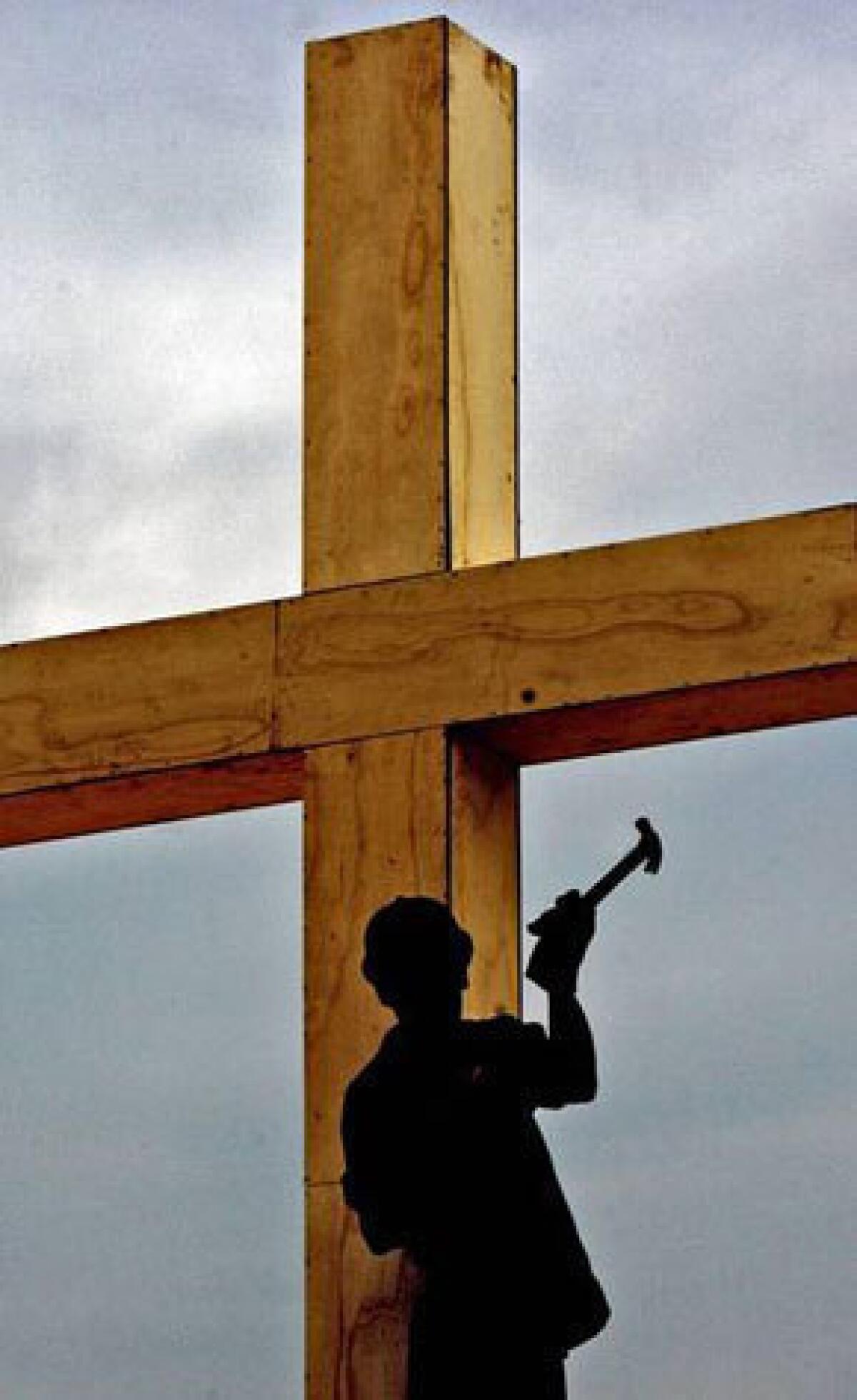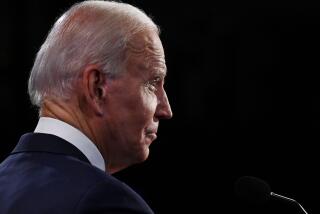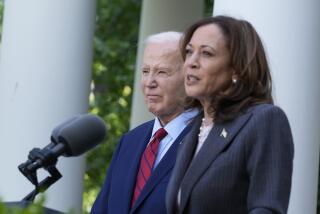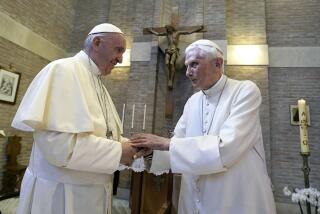Pope Benedict faced worldwide challenges

In announcing his decision to resign the papacy, Benedict XVI said Monday that he no longer had the energy to confront the global challenges facing the massive Roman Catholic Church.
Those challenges have only multiplied during his eight-year reign, which he had pledged as a mission to return the troubled church to its traditional core, to “purify” worship and revitalize the faith.
If that meant church membership was to shrink, he often said, then that was the price to be paid. During Benedict’s tenure, the church has continued to grow in parts of the world, especially in Africa and Asia, despite threats and competition from Islam or evangelical sectors. Yet numerous followers have also turned their backs on an institution they find, at best, irrelevant and, at worst, morally hypocritical and implicated in evil.
PHOTOS: Pope Benedict XVI to step down
His primary focus has been Europe, although he made significant trips to Brazil, Mexico and Cuba — his last transatlantic voyage nearly a year ago and one that, according to one report, convinced him he was too old to continue on the throne of St. Peter. In Latin America especially, the Catholic Church has lost ground to Pentecostal and other Protestant groups.
From his first official Mass as pope, Benedict vowed to unify Catholics and close divisions. But his hard-line orthodoxy, while appealing to traditionalists, alienated others and drove wedges ever deeper.
Among a liberal generation — especially in the Americas, home to nearly half the world’s Catholics — that was raised on the reforms of the Second Vatican Council of the 1960s, the church under Benedict often seemed far out of step with modern times.
PHOTOS: The cardinals who might be pope
“He catered to the concerns of the right and moved to bring in the far right” in an ultimately unsuccessful effort to heal those schisms, Jesuit Father Drew Christiansen, visiting scholar in the theology department of Boston College, said in a telephone interview.
“He showed no sensitivity to the so-called Vatican II Catholics … in terms of the internal affairs of the church: more participation, accountability of bishops and so forth. That was a major flaw.”
Where the church has emerged especially strong under Benedict is in its intellectual discourse, elevated by a professorial pope who dedicated considerable time and energy to a series of highly regarded encyclicals and three books on the life of Jesus. He also encouraged more formality, reviving the old Latin Mass (although the Vatican had to adjust one prayer that called for the conversion of Jews).
FULL TEXT: Pope Benedict XVI’s announcement
Benedict “turned the church definitively toward the New Evangelization — the evangelical Catholicism of the future,” papal biographer George Weigel, a senior fellow at the Washington-based Ethics and Public Policy Center, said via email, referring to the promotion of Catholic teachings in the modern world.
But in a crisis that dogged Benedict’s papacy, today’s church continues to reel under its most serious scandal in centuries: the sexual abuse of parishioners, primarily children, by members of the clergy, and persistent efforts to conceal the truth.
Benedict, like most of the church leadership, failed to grasp the gravity of the problem and acted slowly to weed out and punish abusers. Recent revelations indicated that in the 1970s he protected at least one priest alleged to have assaulted a child, and as head of the office that enforces doctrine, the Congregation for the Doctrine of the Faith, he would have been familiar with widespread allegations.
As pope, Benedict took a number of actions, including meeting with victims and ordering guidelines to hold priests accountable. But victims and their advocates contend that much more needs to be done and argue that the church has yet to adequately atone.
Many American Catholics were also dismayed by Benedict’s decision to crack down on the organization that oversees the leading U.S. orders of nuns, which the Vatican accused of straying from orthodox doctrine, and to censure liberal female theologians.
“That has done so much to alienate women and harm the future of the church,” Christiansen said.
Despite growth in Africa and Asia, the Vatican hierarchy remains dominated by Europeans who have kept a tight hold on major theological decisions. Europeans also dominate the College of Cardinals, all of whose members have been appointed by either Benedict or John Paul II, and are likely to have the greatest say in choosing Benedict’s successor.
But the leadership under Benedict has not been impervious to the problems of the Third World. One encyclical, Caritas in Veritate, contained demands for economic reform to alleviate poverty, a stand that many Catholics found enormously progressive.
Still, the developing world was also the scene of some of Benedict’s numerous gaffes that complicated the church’s mission. In Brazil in 2007, he seemed to suggest that the Spanish conquest of indigenous populations was what they wanted all along; en route to Africa in 2009, he suggested that the use of condoms exacerbates the spread of AIDS. At one time or another, he managed to offend both Jews and Muslims — the latter with deadly consequence, including attacks on churches in Muslim areas and the slaying of an Italian nun in Somalia.
In an attempt to repair any lasting damage to the church’s image, he apologized to both groups and, in 2006, made a historic trip to Turkey, where he prayed in a mosque.
The missteps and scandals — the most recent involving a butler who leaked secrets that exposed vicious backbiting and politicking within the Vatican — have often seemed a distraction to the church’s work and to Benedict’s legacy.
“He promoted the Gospel and taught us to reflect profoundly on theology and to better understand our faith,” Father Raul Vera, bishop of the Mexican city of Saltillo, said in an interview. “Unfortunately, we are facing a world with tremendous challenges, and as we try to confront those ... we are left with a weakened church.”
Wilkinson, now stationed in Mexico City, served as The Times’ Rome bureau chief from 2003 to 2008, covering the last papal transition.
More to Read
Sign up for Essential California
The most important California stories and recommendations in your inbox every morning.
You may occasionally receive promotional content from the Los Angeles Times.











